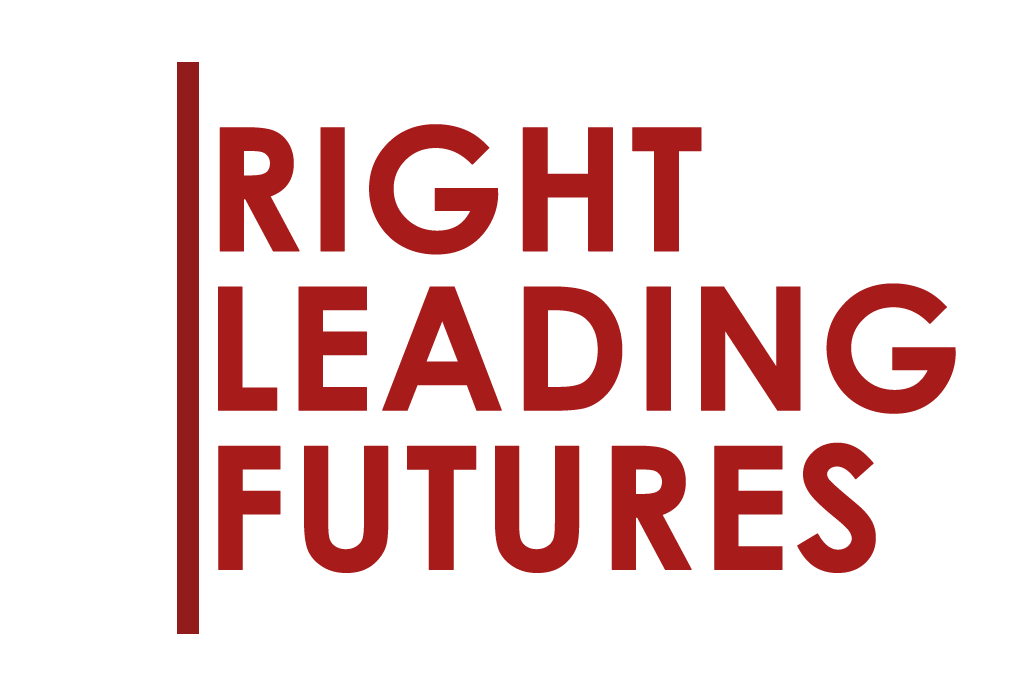Recent stories of note:
“‘Edvard Munch: Technically Speaking’ Review: Classic Themes, Vibrant Variations”
M. J. Andersen, The Wall Street Journal
With some of his most famous paintings bearing titles such as Anxiety (1894), Jealousy (1895), Separation (1896), and, of course, The Scream (1893), it’s fair that many think of Edvard Munch first and foremost as a painter of emotions. But at the Harvard Art Museums, a new exhibition of the Norwegian painter’s work emphasizes his technique and process. With multiple versions of each image—paintings accompanied by print studies in woodblock, lithograph, or etching—the show illuminates Munch’s experiments with form and color as much as his expressions of feeling. And thanks to the collectors whose bequest of sixty-four Munch works occasioned the exhibition, scholars will be able to examine those experiments far past the show’s closing date.
“Los Angeles wildfires put museum–lender relationships in spotlight”
Laura Hertzfeld, The Art Newspaper
Los Angeles’s art museums are full of treasures, including many visiting from abroad. Diego Velázquez’s Portrait of Queen Mariana of Austria on loan from the Prado at the Norton Simon, ancient Thracian artifacts that traveled from Bulgaria as well as Egyptian portrait statues from the British Museum at the Getty Villa—all were temporary residents of the city during its recent, apocalyptic spate of wildfires, and international lenders, uncertain of the fires’ trajectory, understandably grew anxious about the safety of their artworks. While one L.A. art critic advocated moving the Getty Center and its little sister, the Getty Villa, to new locations, others argue that there’s nowhere safer for an artwork during a natural disaster than these state-of-the-art museums—and indeed the latter belief was borne out this time around, with the Getty, the Villa, and the Norton Simon all safe from the blazes. Whether such concerns will dampen lending in the future, however, remains to be seen.
“Constructivism & Crumpets”
Christopher Turner, The Literary Review
The Isokon building, a white, concrete coil of smooth balcony, was designed by a Canadian and built in London, but its Bauhaus look made it a natural home for the teachers of that school fleeing their home country for safer shores. Walter Gropius, László Moholy-Nagy, and Marcel Breuer all lived there, alongside Agatha Christie and an assortment of Soviet spies. In his new book, The Alienation Effect: How Central European Emigrés Transformed the British Twentieth Century, Owen Hatherley recounts this and other fascinating anecdotes—who knew that Oskar Kokoschka’s spot at the Vienna Academy of Fine Arts would otherwise have gone to Hitler?—and provides a thorough history of the invigorating influence these Central European architects, historians, photographers, artists, and so forth brought to England.
















